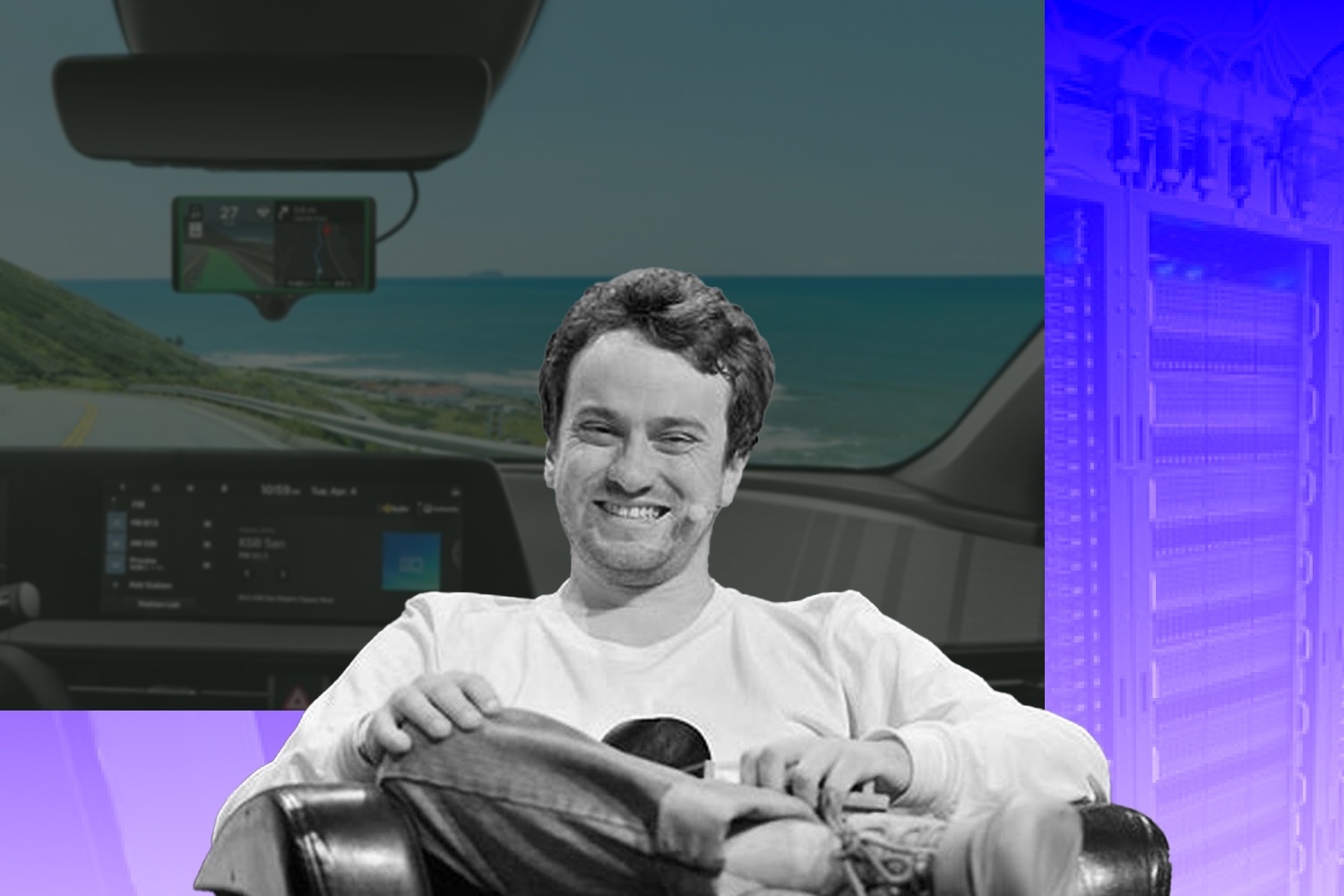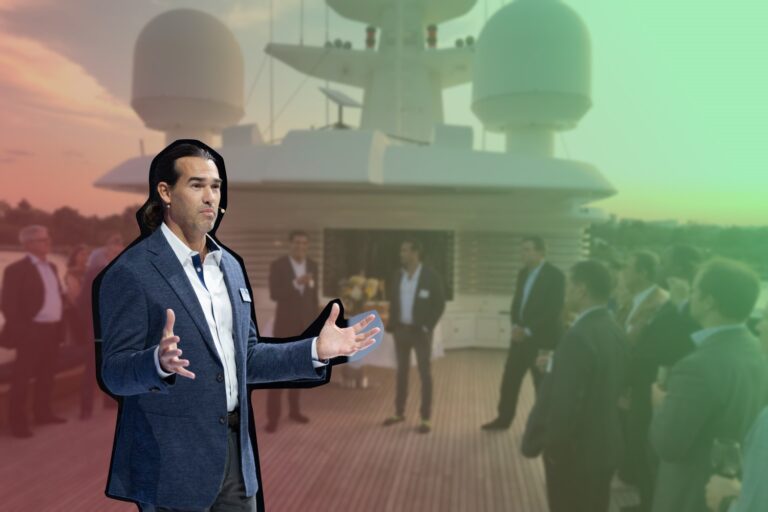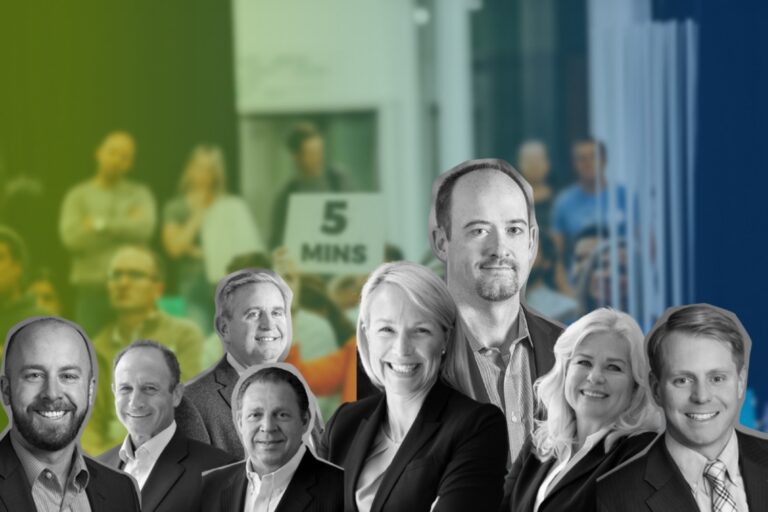How a Hacking Prodigy Ushered in a New Era of Autonomous Driving: Comma AI
In the race towards the future of autonomous transportation, one company has been steering its way with unique innovation and an open-source approach.
Comma AI, founded by the tech luminary George Hotz, has emerged as a compelling force in the self-driving car and advanced driver-assistance systems (ADAS) industry. With a remarkable blend of disruptive technology, grassroots community involvement, and a commitment to redefining the conventional approach to autonomy, Comma AI has carved a distinctive niche for itself.
From the trailblazing Openpilot platform to its relentless pursuit of safer and more accessible autonomous driving, Comma AI is at the vanguard of a new era in transportation.
A Rebellious Teenager: The First Individual to Jailbreak an iPhone
George Francis Hotz, widely known by his online alias “geohot,” is a remarkable figure in the world of security hacking, software engineering, and entrepreneurship.
Born on October 2, 1989, Hotz’s journey into the tech world began at an incredibly young age. His innate curiosity and passion for tinkering with technology manifested itself when, at just 5 years old, he wrote his first computer program on his father’s Apple 2 computer.
By the time he reached the fifth grade, Hotz was already constructing his own video game console using electronic components from Radio Shack, showcasing his early prowess in electronics and programming.
His innate talent and fervor for innovation set him on a trajectory that would eventually lead to some groundbreaking achievements.
One of Hotz’s early accomplishments that garnered significant attention was the creation of a robot capable of constructing a 3D map of its environment.
However, it was Hotz’s audacious and groundbreaking work on the original iPhone that catapulted him to international fame.
At the age of 17, he, along with a secretive group of online collaborators, achieved the remarkable feat of unlocking the iPhone, allowing it to work with any cellular carrier. This achievement was groundbreaking, given that the iPhone was exclusively designed to function on AT&T’s network at the time.
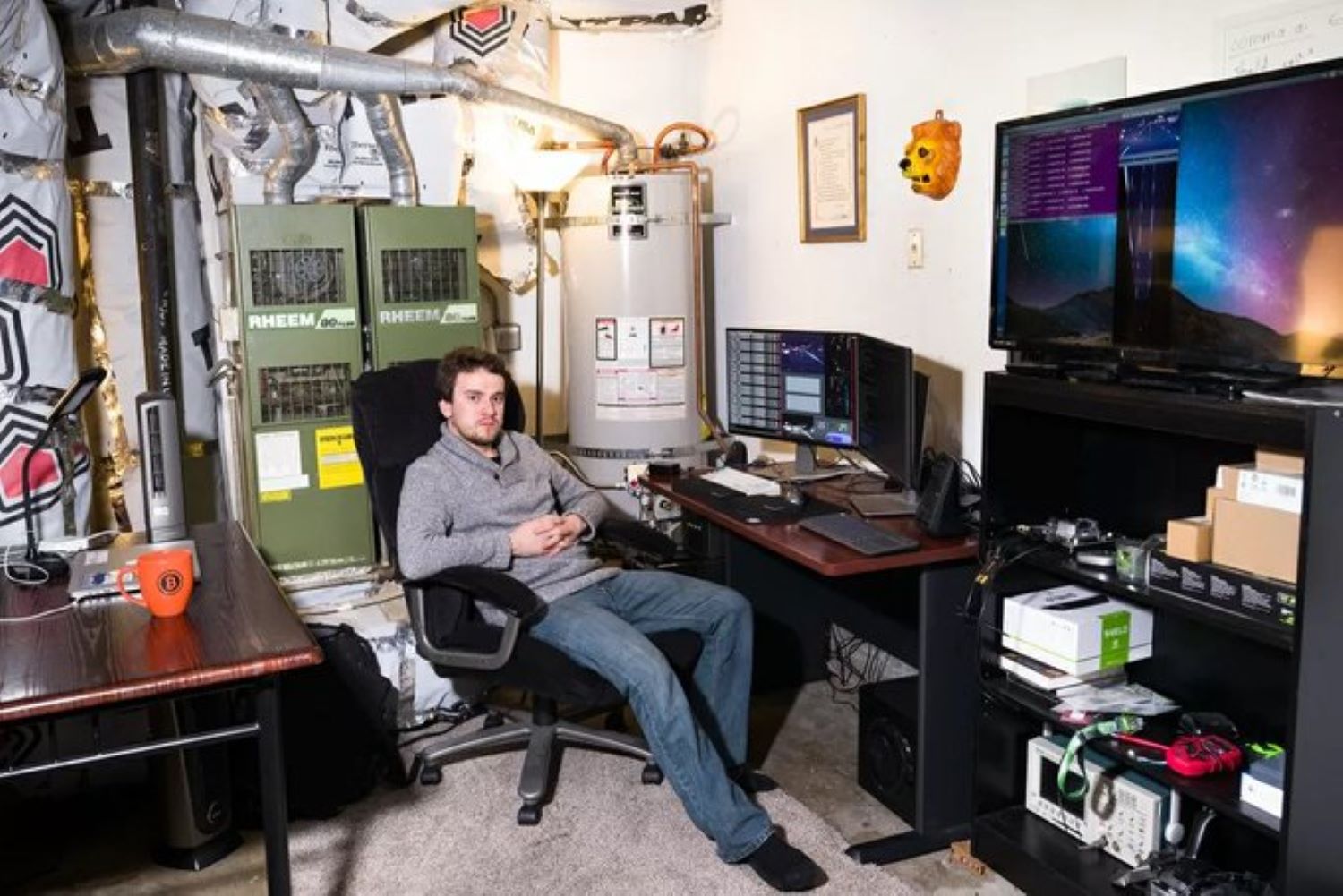
Hotz’s unlock method, which required both soldering and software expertise, was a complex and risky process. Missteps could render the iPhone inoperable, and the process took approximately two hours to complete.
Despite its complexity, Hotz’s method opened the door for iPhones to be used with various carriers, both in the United States and abroad.
Notably, Hotz’s motivation for unlocking the iPhone was not financial gain. He expressed a desire for the instructions to be as accessible and user-friendly as possible, hoping that users would be able to modify their phones themselves. He famously stated:
“I made a robot, it’s like a Map out rooms and stuff. There’s a military application as well like they could send it into a complex before the military infiltrates it and then they know exactly where to go in like know where all the rooms are laid out.”
The impact of Hotz’s work extended beyond the United States, as the unlocked iPhones could be used with most overseas carriers, enabling people around the world to enjoy the device’s features.
Although Apple had the opportunity to modify its production process to counter these unlocks, the details of Hotz’s work were already in the public domain.
Remarkably, there was no U.S. law against unlocking cell phones at the time. The Library of Congress had specifically excluded cell-phone unlocking from the Digital Millennium Copyright Act’s coverage.
This legal context allowed Hotz and his collaborators to push the boundaries of mobile device technology without the fear of legal repercussions.
Hotz’s work was the result of collaboration with a wide-ranging group of individuals, including core collaborators located in Russia and the United States. Many of these collaborators were known only by their online aliases, highlighting the global and anonymous nature of the hacking community.
Hotz’s unlocked iPhone was even put up for sale on eBay, where bids reached an astonishing $15,000. This level of interest and financial gain reflected the significant impact and desirability of his work.
The proceeds from the sale presented Hotz with the opportunity to contemplate purchasing a car, underscoring the potential financial rewards associated with his technical accomplishments.
Despite the time and effort, he invested in these endeavors, Hotz remained humble and focused on his passion. He expressed a desire to major in neuroscience at the Rochester Institute of Technology, indicating his interest in “hacking the brain.”
Tech Titans Clash and a Twitter Transition
In 2015, a captivating clash of titans played out, featuring George Hotz and the visionary Elon Musk.
The backdrop of this narrative is George Hotz’s extraordinary transition from the world of autonomous vehicles to a completely different realm: social media.
This unexpected shift was catalyzed by a compelling Twitter exchange between Hotz and Musk.
Musk, known for issuing audacious challenges, called on Twitter employees to embrace an “extremely hardcore” approach or make way for others.
This call struck a chord with Hotz, who promptly offered to embark on a 12-week internship at Twitter, emphasizing that his motivation wasn’t merely about accumulating capital but about breathing life into the world.
Hotz succinctly stated, “I’m down for a 12-week internship at Twitter for the cost of living in SF. It’s not about accumulating capital in a dead world; it’s about making the world alive.”
Hotz’s commitment to this internship, however, came with a twist. He made it clear that he wasn’t looking for a long-term commitment but was rather eager to dive headfirst into intricate codebases.
This hinted at his intent to make a substantial impact by documenting and streamlining numerous microservices within the short span of 12 weeks. His technical prowess, coupled with his knack for reverse engineering, promised a valuable contribution during his brief tenure.
Hotz’s mission at Twitter was laser-focused: he had been brought in to address Twitter’s “broken search” feature, a challenge he intended to tackle within the designated 12-week timeframe.
Delving deeper into his role, Hotz initiated a dialogue with his followers regarding Twitter’s search functionality.
He probed, “How do you feel the quality of Twitter search is? What would get you to use Twitter search instead of Google?”
A user responded, highlighting a persistent issue, stating, “If I’m searching for something and I’m even 1 character off I straight up don’t find what I’m looking for.”
Hotz concurred with this observation and expressed his commitment to exploring practical solutions to rectify this shortcoming.
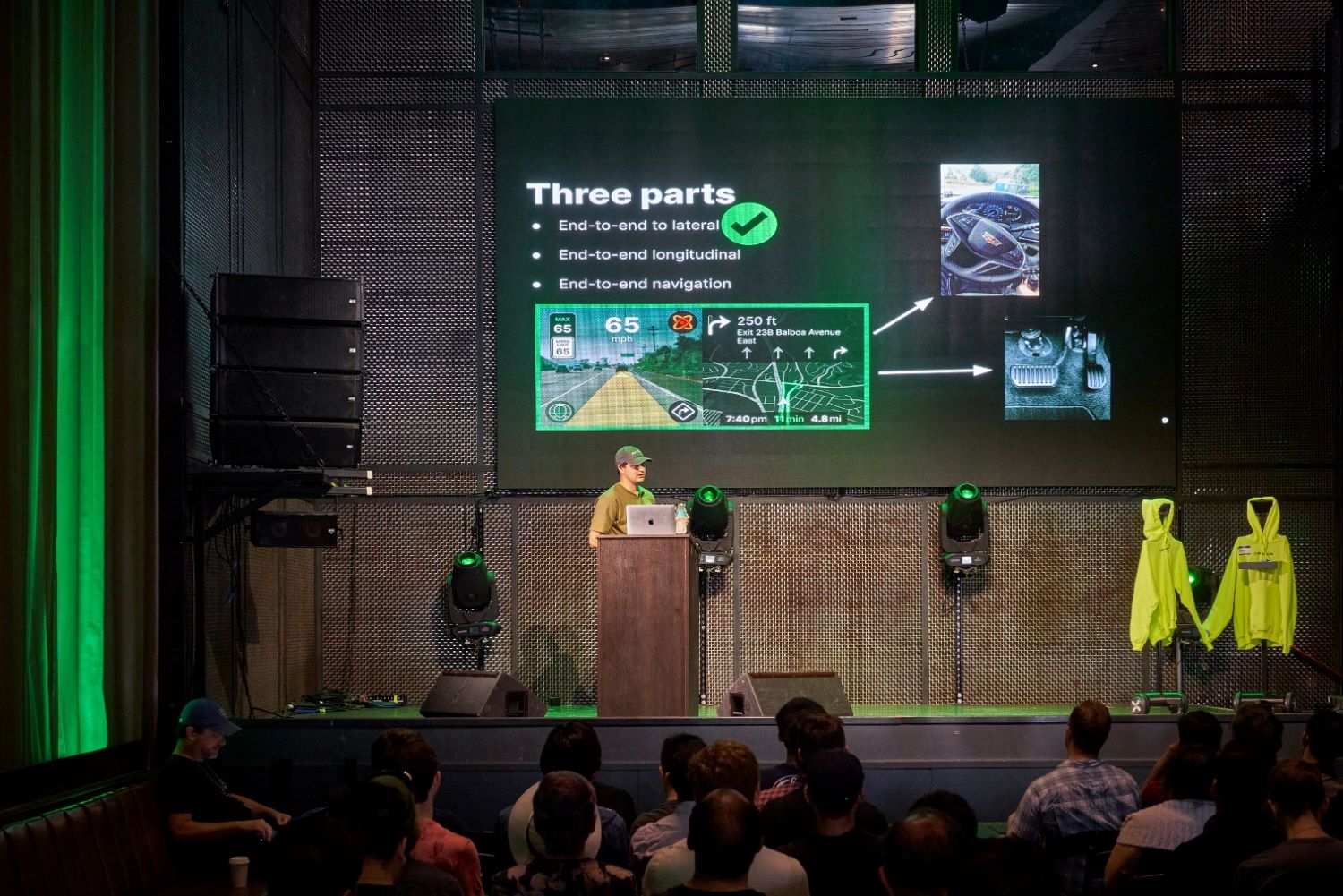
Meanwhile, at the heart of this narrative was a dispute that had erupted over audacious claims made by Hotz. He boldly asserted that he could engineer a superior version of Tesla’s semi-autonomous driving software, Autopilot.
Musk, renowned for his audacious approach to technology, reportedly made efforts to bring Hotz into the Tesla family.
Hotz’s audacious claim reverberated throughout the industry, sparking intense controversy. In response, Tesla swiftly issued a statement categorizing Hotz’s assertions as “extremely unlikely.”
This public standoff brought the potential challenges and fierce competition within the emerging autonomous driving technology sector into sharp focus.
This clash of ideas and perspectives between Hotz and Musk, accentuated by Tesla’s robust counterarguments, elevated the ongoing debate within the domain of autonomous driving.
Tesla contended that building a comprehensive self-driving system was a monumental task that required significant engineering capabilities, rigorous debugging, and extensive real-world testing across diverse road conditions.
The company underlined the fact that their Autopilot system was meticulously developed in-house, integrating a range of cutting-edge technologies, such as radar, ultrasonics, GPS, cameras, and real-time connectivity for fleet learning.
At the core of this dispute was Hotz’s assertion that readily available technology could effortlessly replace Tesla’s proprietary system, a belief hotly contested by Tesla, which emphasized the intricate nature of autonomous technology and the paramount importance of precision in machine learning systems.
Comma AI: Challenging the Cake of Giants in the Game
In the later part of the year, George Hotz embarked on a new venture by founding Comma AI, driven by the ambitious mission of developing fully autonomous vehicles.
His journey into this uncharted territory led him to build a functional self-driving 2016 Acura ILX. Hotz demonstrated this innovation on the I-280, an act that prompted the California Department of Motor Vehicles to issue a cease and desist letter.
However, the real turning point came when the U.S. National Highway Traffic Safety Administration delivered a stern letter, leading Hotz to pivot his focus from fully autonomous vehicles to driver-assist technology.
In the years that followed, Hotz’s perspective on the autonomous vehicle industry evolved, and he became a vocal critic of robotaxi startups such as Waymo and Cruise, describing them as a “scam.”
His argument centered around the belief that autonomous ride-hailing services would not have a substantial impact on our transportation habits due to their perceived inefficiencies and convenience limitations.
Hotz’s skepticism and predictions gained attention as the industry faced challenges and delays, aligning with his earlier assertions.
Nonetheless, running a company that relied heavily on raising investment capital was proving to be a taxing endeavor for Hotz.
He contemplated the potential for Comma AI to become a consumer electronics company with over $100 million in revenue but felt uncertain about his capacity to lead such an enterprise.
With approximately 20 full-time employees at Comma AI, Hotz believed that different leadership might be required as the company grew.
Rolled Out a Mission to Make FSD More Accessible
Comma.ai’s approach to self-driving technology delves deeper into the democratization of autonomous driving.
By offering its Open Pilot and Comma Neo repositories, the company empowers developers and individuals to become active participants in the evolution of self-driving capabilities.
Open Pilot, with its MIT-licensed autopilot software, rivals the functionality found in most vehicles, excluding Tesla.
Comma.ai’s choice to make it openly accessible to developers and enthusiasts aligns with the ethos of open-source collaboration. It not only showcases Comma.ai’s commitment to innovation but also emphasizes its belief in collective intelligence.
Comma Neo, the assembly instructions that complement Open Pilot, stands out due to its emphasis on buildability. Rather than relying on manufacturers’ pre-programmed systems, Neo allows individuals to customize their self-driving technology according to their specific needs.
The underlying technology, based on an Android smartphone, underscores Comma.ai’s vision of making self-driving accessible.

The use of the smartphone’s rear-facing camera as a central component highlights the importance of data collection and visualization in the autonomous driving ecosystem.
In a landscape where self-driving technology is often the domain of well-funded tech giants and automakers, Comma.ai’s commitment to affordability is a breath of fresh air.
Their aspiration to deliver a self-driving car for under $1,000 challenges the conventional notion of high costs associated with autonomous vehicles. This move may ultimately democratize self-driving technology, bringing it within reach of a broader audience.
The Comma 3X represents Comma.ai’s latest stride in the pursuit of democratizing self-driving technology.
Positioned as the seventh generation of their hardware, this iteration emphasizes three key principles: manufacturability, reliability, and affordability.
Despite bearing a visual resemblance to its predecessor, the Comma Three, the 3X distinguishes itself with a lower price tag of $1250 while maintaining the triple camera system and performance capabilities.
Openpilot also expands its reach on the Comma 3X, boasting compatibility with over 250 car models across major brands in the United States.
The introduction of Experimental mode signals a significant leap forward, enabling the system to handle complex tasks such as navigating to destinations, interpreting stop signs, and responding to red lights.
The built-in Wi-Fi and LTE connectivity ensure that the Comma 3X remains up-to-date with the latest over-the-air software updates, enhancing both safety and functionality.
Beyond its software advancements, the Comma 3X introduces notable hardware improvements. The integrated Red Panda has undergone an upgrade to the STM32H7, aligning with the latest standards in car interfacing through CAN FD.
This enhancement also includes a 4x faster CPU, reduced power consumption, and a dedicated, high-bandwidth connection to the 845.
The triple camera configuration, a staple in Comma.ai’s hardware, receives an upgrade with newer image sensors, pushing the High Dynamic Range (HDR) from 120dB to an impressive 140dB. Noteworthy is the strategic placement of road-facing cameras directly on the board, a move aimed at optimizing manufacturability and enhancing overall reliability.
Beyond the Hype: George Hotz’s Pragmatic View on Self-Driving Cars and AI Threats
George Hotz’s perspective on the gradual transition of control to AI and the coexistence of AI and humanity is both thought-provoking and nuanced.
According to Hotz, the trajectory of handing control over to AI is an ongoing process influenced by various factors, including religious beliefs that may prompt some individuals to prioritize the preservation of the human line.
He anticipates that prevailing trends will persist, emphasizing that the evolution of AI is not a sudden phenomenon but rather an extension of the gradual computer revolution spanning the last 70 years.
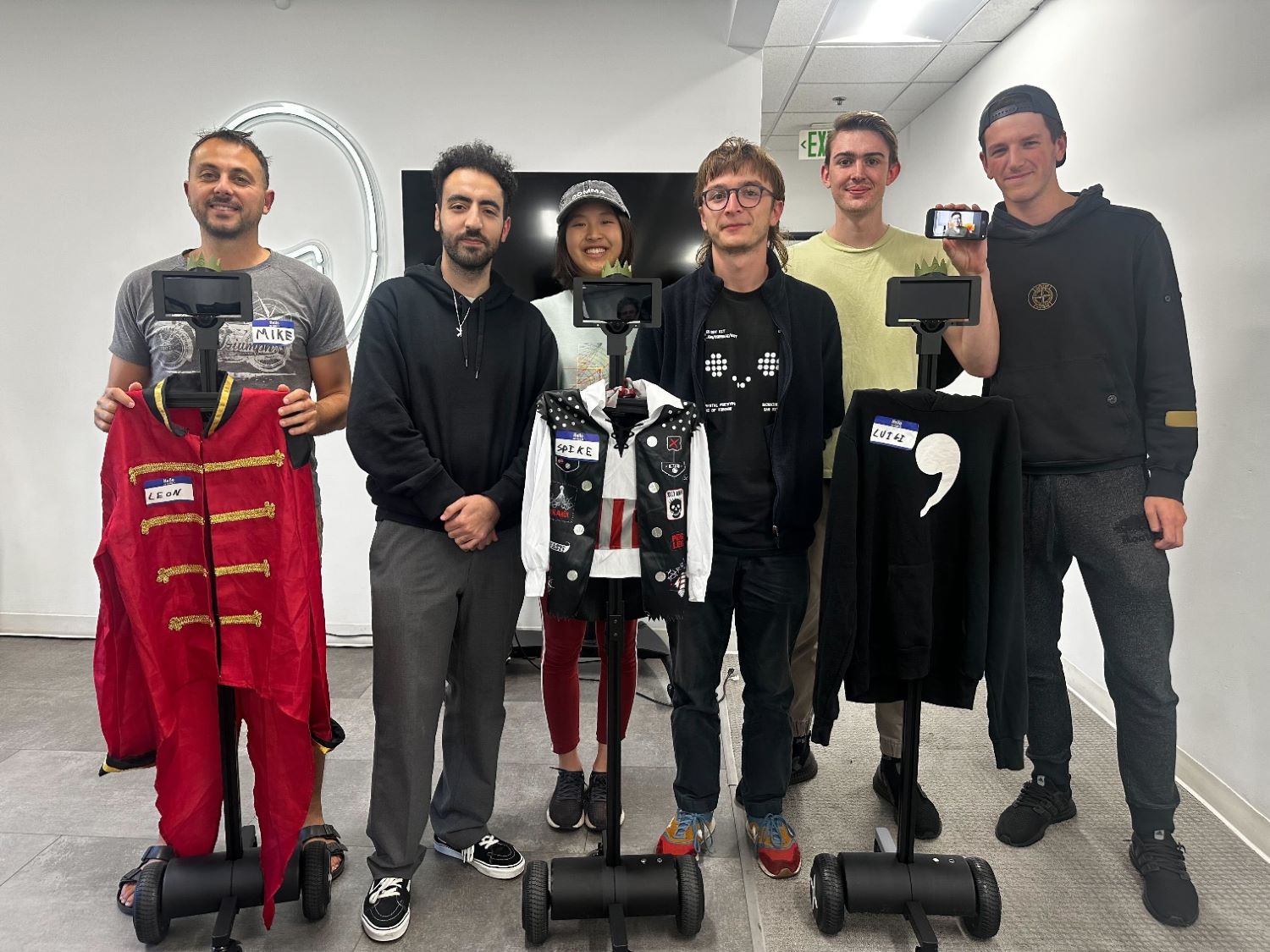
Hotz challenges the notion of a clear demarcation between traditional computing and what is commonly referred to as AI.
He argues that AI is a continuum, part of the broader landscape of technological advancements.
For him, the progression of software, including the replacement of jobs, is integral to this ongoing transformation. In his view, there is no distinct magical moment when AI emerges; instead, it’s a culmination of incremental developments in computing.
One intriguing aspect of Hotz’s perspective is his skepticism regarding the concept of an autonomous AI posing a threat to humanity.
He proposes that for an AI to be a potential danger to humanity, it must not only surpass the intelligence of an individual human but surpass the collective intelligence of all of humanity. This assertion introduces a significant threshold for considering AI as a potential existential risk.
Hotz draws a distinction between achieving self-driving cars and the creation of an AI with the capacity to harm humanity.
He posits that developing self-driving cars merely requires AI to be smarter than a single human, a comparatively lower bar than surpassing the collective intelligence of the entire human population.

